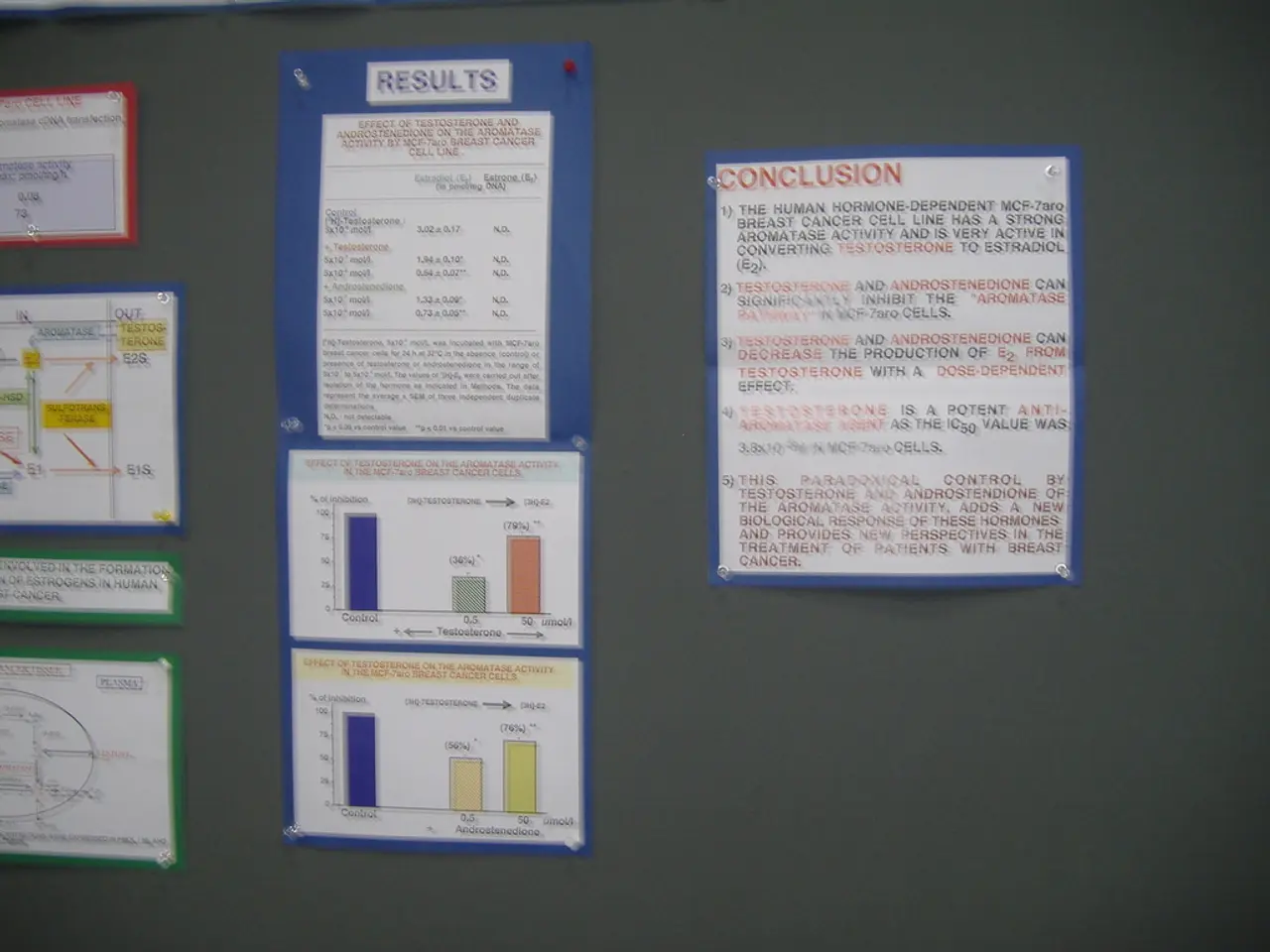💡Loosened Project Finance Rules by RBI: Cutting Provisioning to 1% from Proposed 5%, Boosting Infrastructure Lending
Easing Provisions for Banks on Project Financing Requirements by the RBI
Hear ye, hear ye! The Reserve Bank of India (RBI) has stepped in to alleviate financial pressure on the banking sector by reducing the provisioning requirement for project finance during the construction phase from the initially proposed 5% to a more manageable 1%. These updated guidelines come into effect on October 1 and aim to strike a balance between mitigating risk and bolstering infrastructure lending growth.
🤝RBI's impact on gold-backed loan models: According to S&P, the new rule is set to prompt adjustments in business models, but the overall impact on lenders seems minimal.
🏢Commercial Real Estate Sector: The RBI announces updated provision requirements for commercial real estate projects. For commercial properties, lenders will hold a general provision of 1.25% (1% earlier) during construction and 1% (0.75% earlier) after commencement of repayments. Meanwhile, the commercial real estate residential sector will maintain a provision of 1% during construction and 0.75% during the operational phase.
🏠Residential Housing Projects: Projects related to residential housing follow similar provision guidelines, requiring 1% during construction and 0.75% once operational.
💰Other Projects: Non-residential projects will maintain a provision of 1% during construction and 0.40% during the operational phase.
🔒Lender Exposure: The RBI sets specific lender exposure thresholds for projects under construction. For projects with an aggregate exposure of up to Rs 1,500 crore, no individual lender shall have an exposure below 10% of the aggregate exposure. For projects with greater aggregate exposure, the exposure floor for an individual lender is set at 5% or Rs 150 crore, whichever is higher.
💰Impact on NBFCs: Overall, the measures will have minimal impact on Non-Banking Financial Companies (NBFCs), as they have already provided ample provisions based on their expected credit losses, and the new provisioning requirements will be applicable only from October 1, 2025.
🗣️Feedback from Stakeholders: The RBI took feedback from approximately 70 stakeholders, including banks, NBFCs, industry associates, and government officials before finalizing the guidelines.
📝Previous Proposals and Concerns: In response to the draft guidelines released last year, banks and NBFCs expressed discomfort due to the significant amount of money that would have been tied up, and the government also expressed concerns about the proposal.
🛠️Changes to Credit Event Definition: Under the updated norms, the definition of credit events has been clarified, eliminating ambiguous terms such as "net present value (NPV) diminution," providing more certainty to stakeholders.
🙅♂️Exemptions for Existing Projects: The new norms exempt projects that have achieved financial closure by October 1, 2025, from these revised provisions unless there is a credit event or significant loan restructuring.
📈Growth in Construction and Infrastructure Loans: Over the past five years, loans to the construction sector have increased by 21.5% while loans to the infrastructure sector have grown by 21%. As of April 2022, loans to the construction sector stand at Rs 1.5 lakh crore, while infrastructure lending has reached Rs 13.2 lakh crore.
📌Keywords: Reserve Bank of India (RBI), project finance, infrastructure lending, provisioning, guidelines, banking sector, Non-Banking Financial Companies (NBFCs), construction sector, infrastructure sector, guidelines effective October 1, sector-specific provisioning.
- The updating guidelines by the Reserve Bank of India (RBI) indicate a focus on sector-specific provisioning, particularly concerning project finance in the infrastructure sector, aiming to boost growth.
- In the commercial real estate sector, the RBI has set new provision requirements during both construction and operational phases, with differing percentages for various aspects of the project.
- Non-residential projects and residential housing projects have similar provision guidelines established by the RBI, with variations in percentage requirements during different phases.
- The RBI has imposed specific lender exposure thresholds for projects under construction, setting an exposure floor for individual lenders in projects with different aggregate exposures.






